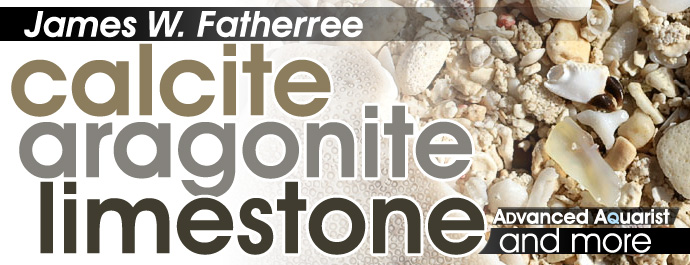
With the exception of something like an aquarium set up for jellyfishes, essentially all marine aquariums contain solid materials made of the minerals calcite and aragonite. Oddly enough, these two minerals are made of the same thing though, as both are composed of calcium carbonate in different forms. So, anything made of either or both of these are collectively known as carbonate materials, and I’m going to give you some information about each of these materials and a few other things, and explain what’s what and how they’re related to each other. That might not sound too exciting, but I’m sure you’ll find this interesting and learn something good, nonetheless.
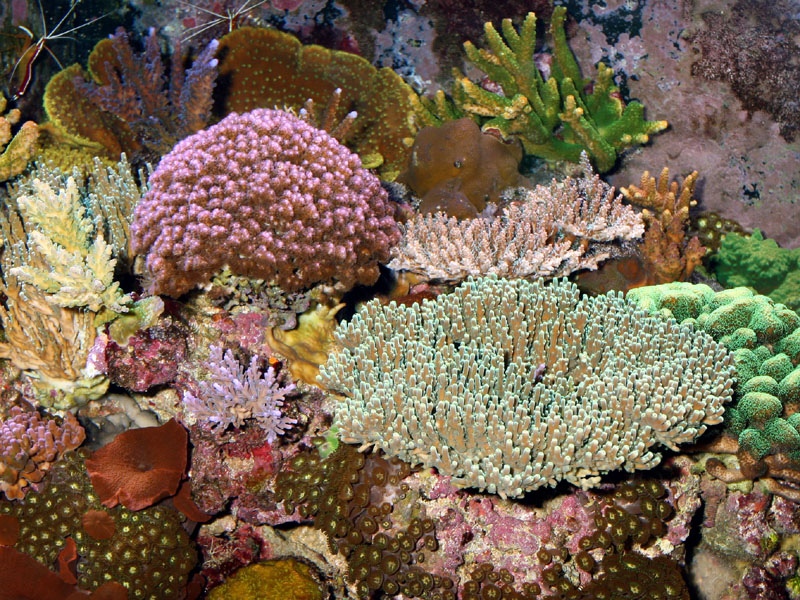
Essentially everything solid in our aquariums that isn’t made of tissue is made of calcium carbonate, so it’s worthwhile to know a bit about it.
Carbonate Minerals
Through the never-ending processes of weathering and erosion, rain and flowing water manage to slowly wear away various types of rocks and transport most of the sediments and dissolved substances produced in the process to the seas. Mixed in these rocks we can find dozens of elements, one of them being calcium. Thus, in the process of breaking down rocks, literally ton upon ton of calcium is washed into the world’s oceans every year by streams and rivers.
On the other hand, in the atmosphere we find carbon dioxide, which is produced by animals as a respiratory waste product and the burning of organic matter, and exhaled by the Earth through volcanic activity. Carbon dioxide is also found in seawater, as it is given of by fishes and other animals and naturally dissolves into the water from the atmosphere, too. The process of diffusion allows it to constantly soak into surface waters exposed to air, after which it’s mixed into deeper waters by the constant activity of waves and currents.
Then, under the right conditions, calcium, carbon dioxide, and water can chemically interact to form calcium carbonate – CaCO3. A number of other elements can end up in the mix, and can form some closely related compounds, as well. So, we tend to group all of these similar products together and call them the carbonates. Of these, the ones that are best related to the aquarium hobby are calcite, aragonite, and dolomite, which are the constituents of limestone (and thus live rock), carbonate sands and gravels, and the shells, skeletons, and other hard parts of various invertebrate organisms. So, let’s take a look at all three of these minerals.
Calcite
Calcite is a mineral that in its purest form is made of nothing but calcium carbonate. It is common in the marine realm and in rocks formed in marine waters, and it is chemically stable enough to resist being dissolved under common conditions. However, it oftentimes isn’t so pure, as a few other elements commonly get mixed in during its formation. Some of these elements are magnesium, manganese, and iron, all of which have chemical properties that allow their incorporation.
So, as calcite is being formed, any of these elements present in the water that the mineral is being precipitated from can slip in from time to time and take the place of a calcium atom. Magnesium is the most common impurity of the bunch, so calcite is oftentimes called either low-magnesium calcite (LMC) or high-magnesium calcite (HMC) depending on how much magnesium is present in a given sample.
Aragonite
Like calcite, the mineral aragonite in its purest form is also made of just calcium carbonate. However, when aragonite forms the calcium, carbon, and oxygen atoms bond together differently and become arranged in a different pattern. The atoms in a sample of calcite are arranged in what’s called a rhombohedral crystal, while the atoms in a sample of aragonite are arranged in an orthorhombic crystal.
Two different crystal forms made of the same stuff may sound odd, but it really isn’t. This ability to exist in two crystal forms is called polymorphism, meaning many shapes, and I guarantee you’ve seen it before. Think about graphite, commonly known as pencil lead, and diamond. Graphite is actually one of the softest minerals, coming in at #1 on the Mohs Hardness Scale, while diamond is the hardest mineral known to man at #10, yet they’re both made of exactly the same thing – carbon. Yep, both are made of nothing but carbon atoms which are simply found in different arrangements.
Calcite and aragonite certainly aren’t as different as graphite and diamond, as they both have a similar hardness and are typically white in color. However, the change in atomic arrangements does change the list of impurities that can be easily included in aragonite. While calcite is commonly riddled with magnesium atoms, aragonite is typically found to be riddled with strontium atoms instead. Elements like barium and lead and a few others are also mixed in at times, but strontium is the most common of the bunch.
The structure of aragonite is also less stable than that of calcite, so it’s more apt to dissolve under similar conditions. And, when strontium is added into the mix it becomes even more unstable. In fact, aragonite is considered to be a metastable mineral that can ever so slowly degrade to calcite all by itself over time at normal temperatures and pressures, without the help of water, with this change occurring even faster at high temperatures.
Dolomite
The third carbonate mineral to mention is dolomite, which is something like calcite with a very high concentration of magnesium in it. I’d said that calcite is typically riddled with magnesium atoms, but even in high-magnesium calcite the magnesium only makes up a small fraction of the whole. However, under some conditions there can be much more magnesium added in, and when the amount of magnesium becomes roughly the same as the calcium, the resulting mineral is called dolomite. So, dolomite is similar to calcite and still has a rhombohedral form, but it’s chemical formula is CaMg(CO3)2.
Materials Composed of Carbonates
Now that you’ve got a basic idea of what carbonate minerals are, let’s look at things that go into our aquariums that are composed of them.
Shells, skeletons, and other hard parts
Many organisms can extract calcium and other elements from seawater and then use carbon dioxide from the water or from their own respiration to precipitate carbonate hard parts. So, I’ll run through some of the major users and the mineral(s) each uses:
Long ago there were some stony corals called rugosans and other called tabulates that are thought to have used calcite to form their skeletons. But, all of these disappeared from the Earth during the extraordinary Permian-Triassic mass extinction that occurred around 250 million years ago. Regardless, all of the stony corals that are with us today use aragonite to build their skeletons. However, almost all of the things that we lump under the name “soft coral” use calcite to form the tiny sclerites and spicules that support and strengthen their bodies.
Likewise, all of the echinoderms, including the sea stars, brittle stars, crinoids, sea urchins, etc., use calcite to form the pieces, plates, and spines that make up their skeletons. All of the sponges belonging to the Class Calcispongiae use calcite to form their spicules. All of the hard tube-building worms, like Christmas tree worms, use calcite and/or aragonite to form their tubes. Some arthropods, like barnacles, use calcite to form the plates that make up their houses, while others may use calcite crystals to strengthen their protein-based shells. Most molluscs use aragonite to build their shells, although some clams and snails may use a combination of calcite and aragonite in layers, and a few others, like oysters, use calcite exclusively.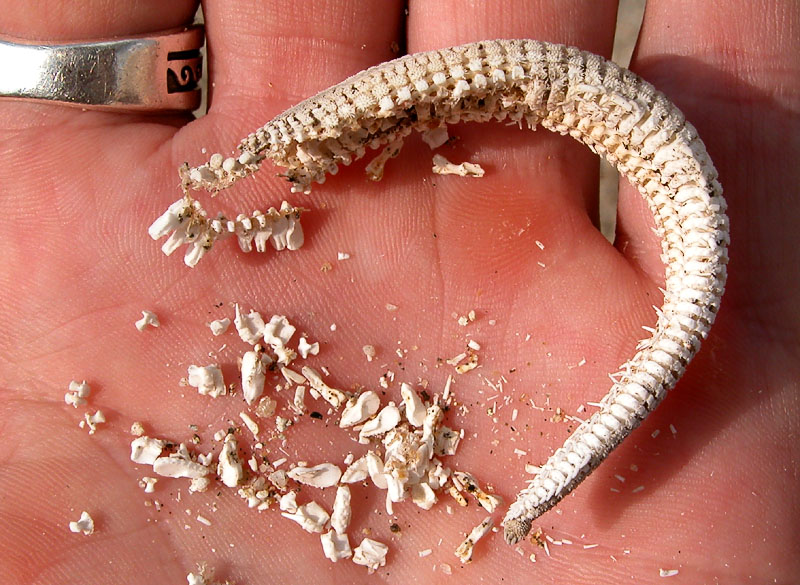
Green calcareous algae, like Halimeda, also use aragonite to build their leaf-like blades, while, red calcareous algae, commonly called coralline algae, use calcite to form crusts and rinds over surfaces. And lastly, a wide range of plankton, like foraminiferans and coccolithophorids, use aragonite or calcite to build their tiny shells, as well.
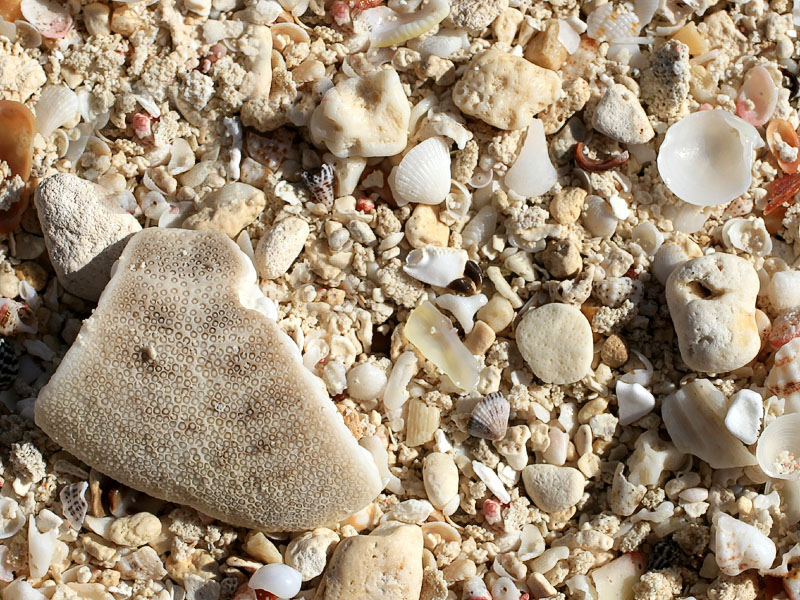
Carbonate sediments are oftentimes comprised primarily of bits and pieces of broken up coral skeleton, clam and snail shells, echinoderm parts such as sand dollar and sea urchin spines and tests, and other things like these bits of calcite that are freed to the environment when sea stars die.
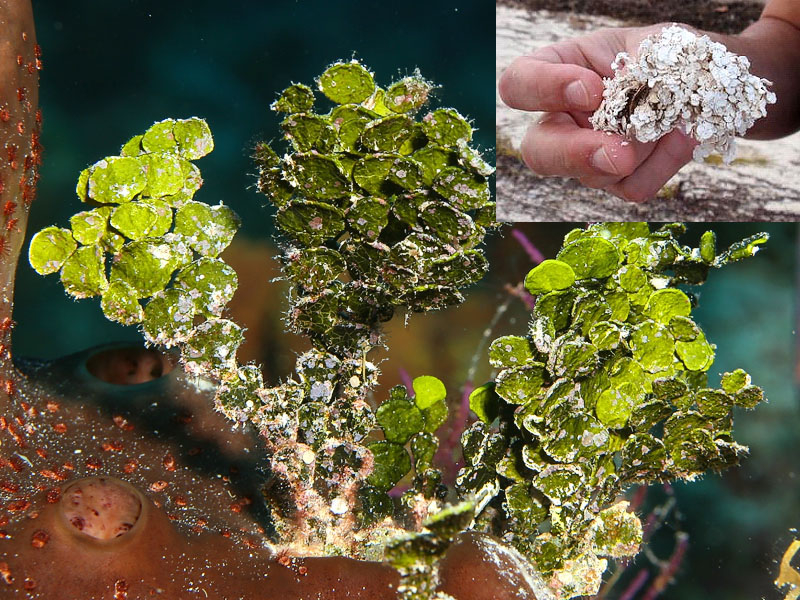
Animals aren’t the only things that use calcium carbonate. Various types of calcareous and coralline algae and several types of plankton do, as well. When these die, their hard parts also become carbonate sediments that are incorporated with those produced by animals.
So, as you can see, lots of invertebrates use calcium carbonate to make their hard parts (while vertebrates use calcium phosphate to make theirs). However, as you may have also noticed, dolomite is not used by any marine organisms to produce hard parts. For that matter, geochemists haven’t even figured out how to make it themselves in a lab under conditions that can be found in the marine environment. How it forms in different geological settings has been argued for years, and the jury is still out on exactly how the transition from magnesian calcite to dolomite occurs, but what I can tell you is that it isn’t forming in significant quantities in any of the modern marine environments, with or without the help of organisms.
Aragonite and oolite sands
Most of us have some fine sand in our aquariums, and the most commonly used type is aragonitic sand. So, it’s composed of bits of aragonite with varying origins. Some of the aragonite sands available are relatively coarse and are made of ground up sea shells, while others are very fine with the grains primarily being smaller bits of various organisms’ hard parts produced when wave activity and bioeroders like parrotfishes break down their shells and carbonate rocks, etc. However, there are some other products called oolitic sands that look pretty much like any other fine sand, but are actually quite different in origin.
Oolitic sands have normal-looking white to pinkish-white grains, but they’re composed of tiny structures that are not derived from organisms’ hard parts. Almost all modern ooids are indeed composed of aragonite, but some are HMC, and some are composed of both. To the contrary, almost all ancient ooids, which is what many oolitic sands being sold are comprised of, are calcitic. Regardless, they all look like tiny bites of hard candy when cut open. They may be smooth and shiny on the outside, but the inside can have numerous layers and coatings, or tiny fibrous crystals, and again, none are produced as hard parts by organisms. Instead, while the details aren’t well-understood, these are produced abiotically in various marine environments.
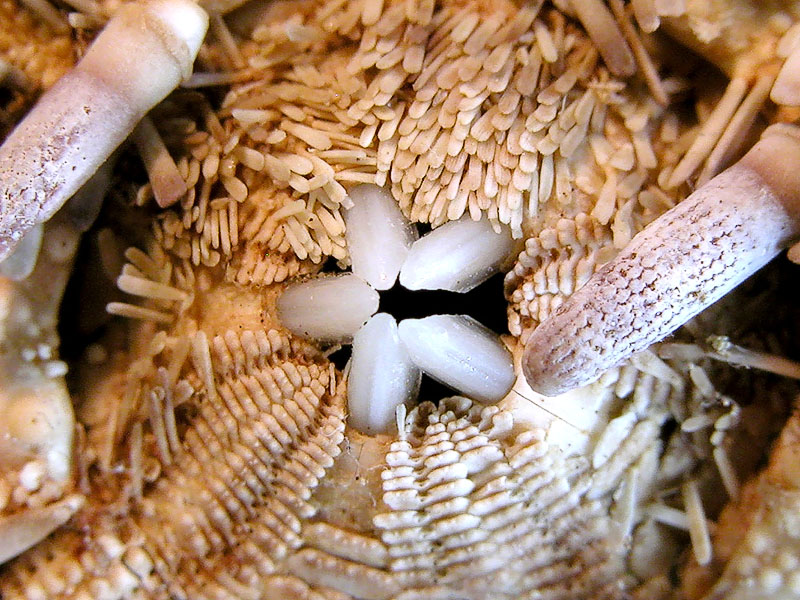
Animals like parrotfishes and sea urchins are considered to be bioeroders, as they’re organisms that chew on various rocks and substrates and produce sediments in the process. Parrots bite off pieces of limestone and ingest them, digest whatever was living on them, and then defecate copious quantities of carbonate sand later. Likewise, many urchins use their hard “teeth” to grind coralline algae off rocks, and also produce carbonate sand in the process.
Shelly substrates
There are many other substrates available that are comprised of small sea shells, or larger pieces of ground up shells. Examples are the “puka” substrates and crushed oyster shell. Since most molluscs use aragonite to build their shells, most puka gravels will of course be composed of aragonite. However, as I mentioned above, oysters are an exception to the general rule and make their shells entirely of calcite. So, crushed oyster shell gravel is composed of calcite.
Crushed coral gravels
In light of the fact that stony corals use aragonite to build their skeletons, it should make perfect sense that any bags of gravel labeled “crushed coral” are in fact bags of aragonite. However, I’ve also seen many bags of crushed coral gravel that were actually bags of dolomite (it said so right on the bags). This is odd because dolomite isn’t collected from modern reef environments, and it certainly isn’t ground up coral or hard parts of any other organisms, either.
I suppose it’s possible that this particular kind of gravel could be produced from some rock formation containing fossilized corals that were buried, turned into dolomite over millions of years, then dug up and ground into gravel. But, I can assure you that it isn’t collected around modern reef environments and isn’t made by crunching up the skeletons of dead non-fossil corals, either. Does that mean there’s anything wrong with using it? Well, like puka or crushed oyster shell gravels, it’s really not a good size for a reef aquarium substrate since it tends to get completely clogged with detritus when there’s no significant water movement through it, but I probably used about a ton of it setting up tanks with undergravel filters in the past since it was white in color and exactly the right grain size for the job.
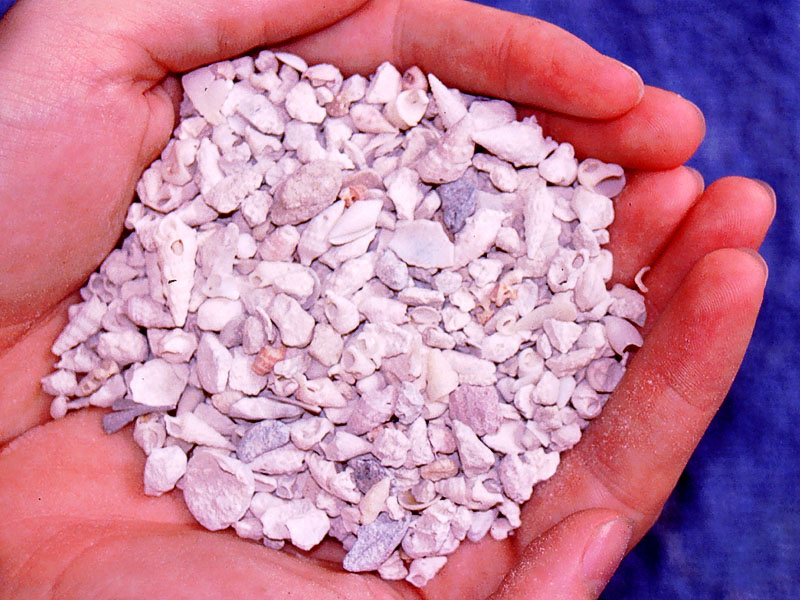
Some substrates are comprised of small but whole shells, and are thus composed primarily of aragonite.
Limestone and live rock
At this point I’m sure you can understand that the vast majority of carbonate sediments found in reef environments are actually chunks and bits of various organisms’ hard parts including eroded coral skeleton and snail and clam shells, etc. with a large amount of broken up calcareous algae thrown in, too. Now let’s get to how rocks can be made from these.
When all of these carbonate sediments are deposited together around reefs and slowly compacted by the constant addition of more sediment, additional carbonate material can abiotically precipitate from seawater in the miniscule void spaces between the sediments and cement them together. So, under the right environmental conditions sediments can literally get glued together by even more calcium carbonate. Then, after enough time and under the right conditions, the sediments and cements themselves can be dissolved to some degree, followed by more abiotic precipitation too, which is how most live rock and much limestone come to be. In fact, live rock really is limestone, although there are other types of limestone that can form through a variety of abiotic processes.
Regardless, while live rock and limestone are obviously composed of calcium carbonate, oftentimes there are no distinct grains or pieces left in either that you can pick out. Want a good example? Just cut or break a piece of live rock in half and take a good look. You’ll likely find the blurred remnants of coral skeletons and other things all cemented together and transformed from carbonate sediments into stone. So, as you can see, most everything that we call sand, gravel, rock, etc. that comes from reef environments is actually made up of carbonate material produced by the organisms right there on the reef.
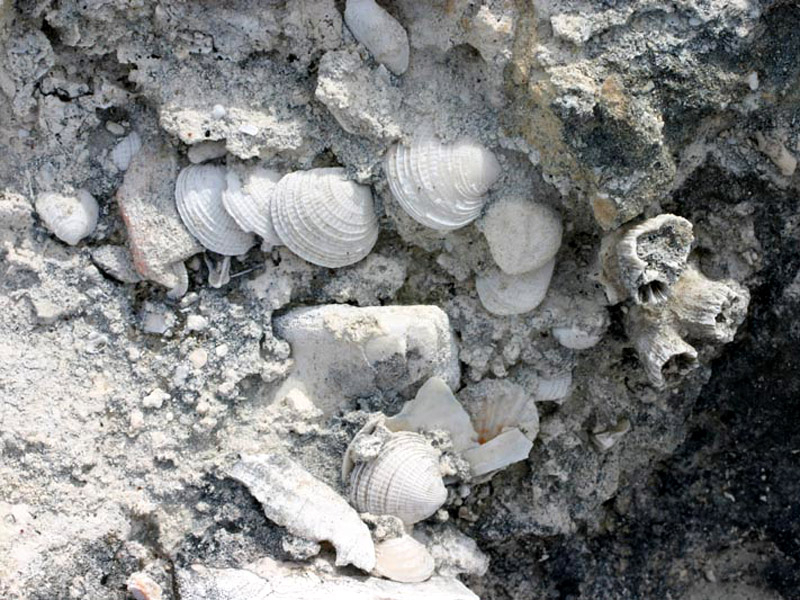
Here you can see a mess of carbonate materials that are weakly cemented together. While not quite limestone, this material was certainly on its way to becoming solid rock before being exposed.
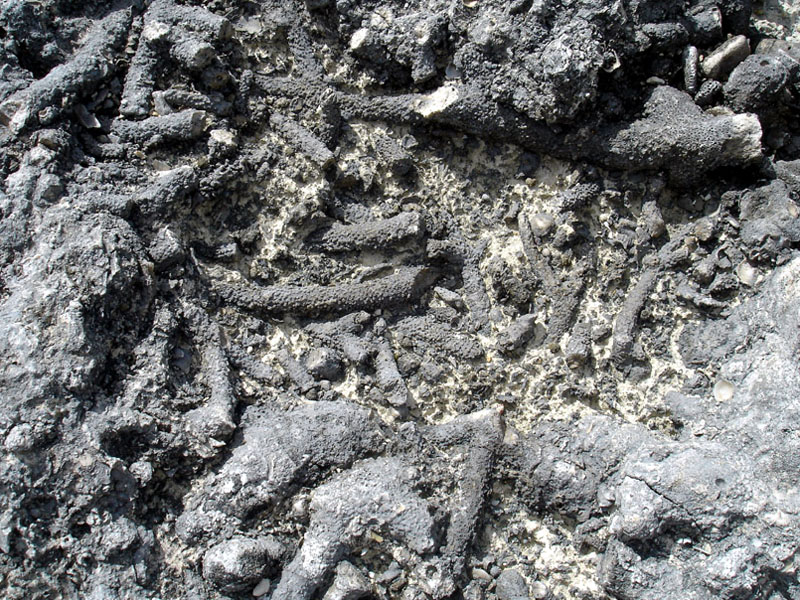
Given enough time, materials like these pieces of Acropora palmata and A. cervicornis can be buried along with carbonate sand and other bits of stuff, glued together by carbonate cements, and eventually turned to solid limestone as seen here.
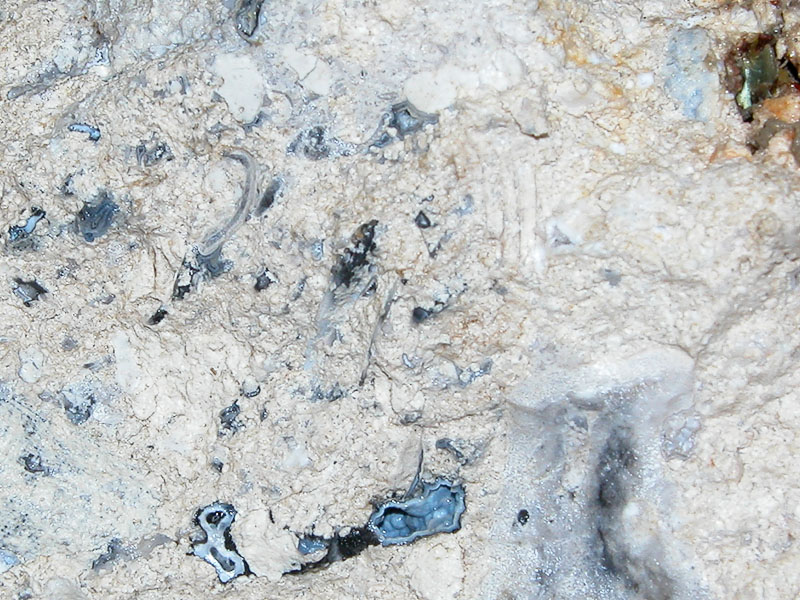
Busting a piece of live rock open will typically reveal some remnants of the coral skeleton, shell material, etc. that were originally un-cemented sediments.
Wrap up
Okay, so I imagine that at this point you might be wondering if there’s any good reason to pick things that are made of aragonite over things made of calcite, or vice versa. It’s been said a million times that aragonite helps buffer aquarium water, or helps maintain calcium concentrations, while other (carbonate) substrates do not. However, to the best of my knowledge this simply isn’t true.
I have yet to see any solid evidence that using aragonitic materials provides any advantage over using calcitic materials in an aquarium. And, in the words of the chemist-aquarist-author Randy Holmes-Farley “calcium carbonate will not dissolve in the water column of normal marine aquaria””. Some may dissolve within a deep sand bed where water chemistry changes from the top of the bed to the bottom, but this is unlikely to have any significant effect on overall water quality. So, I wouldn’t waste a minute of my time worrying about whether or not something is made of one or the other, or of dolomite either for that matter. Still, I hope this has helped you to understand the carbonates and many of the terms we see that are associated with them, and why calcium additions to reef aquariums are so important, too.
References and sources for more information
- Aragonite: http://en.wikipedia.org/wiki/Aragonite
- Bioerosion: http://en.wikipedia.org/wiki/Bioerosion
- Calcite: http://en.wikipedia.org/wiki/Calcite
- Coccolithophorids: http://en.wikipedia.org/wiki/Coccolithophore
- Dolomite: http://en.wikipedia.org/wiki/Dolomite
- Foraminiferans: http://en.wikipedia.org/wiki/Foraminifera
- Holmes-Farley, R. 2002. Chemistry and the Aquarium: Calcium Carbonate as a Supplement. Advanced Aquarist, 1(7).
- Limestone: http://en.wikipedia.org/wiki/Limestone
- Ooids: http://en.wikipedia.org/wiki/Ooid
- Ooids: http://www.geologyrocks.co.uk/tutorials/ooid_formation
- Rugose corals: http://en.wikipedia.org/wiki/Rugose_coral
- Permian-Triassic mass extinction: http://en.wikipedia.org/wiki/Permian-Triassic_extinction_event
- Tabulate corals: http://en.wikipedia.org/wiki/Tabulate_coral


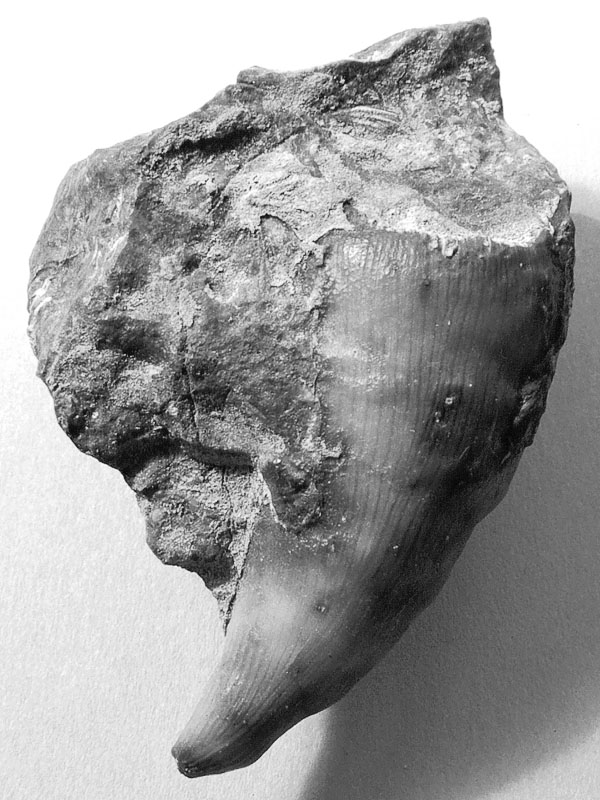

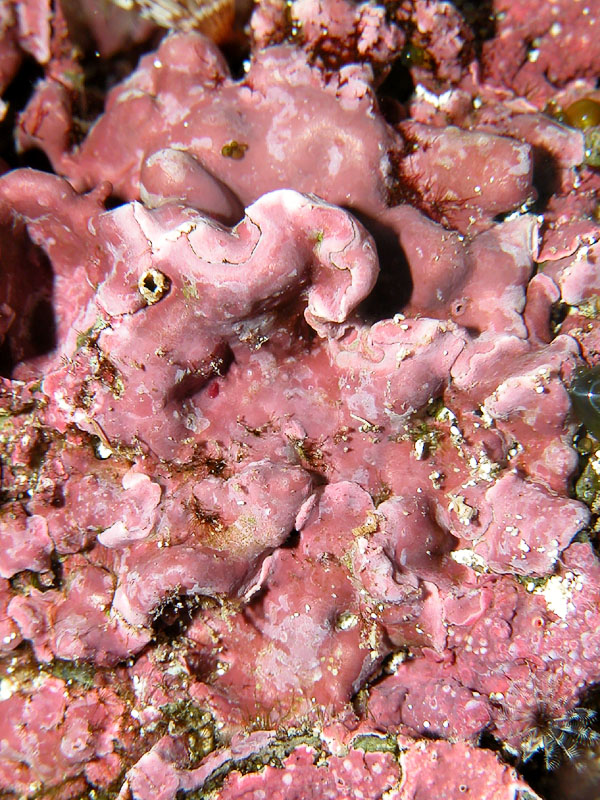

thank you for your article
It makes me wonder – can I use “coral rock” from my locale landscaping store for in my aquarium?
YOU NEED QUALITY VISITORS FOR YOUR: reefs.com
WE PROVIDE ORGANIC VISITORS BY KEYWORD FROM SEARCH ENGINES OR SOCIAL MEDIA
YOU GET HIGH-QUALITY VISITORS
– visitors from search engines
– visitors from social media
– visitors from any country you want
CLAIM YOUR 24 HOURS FREE TEST => http://bit.ly/GetTrafficSmart
It is really very interesting article to read.
sadvvv